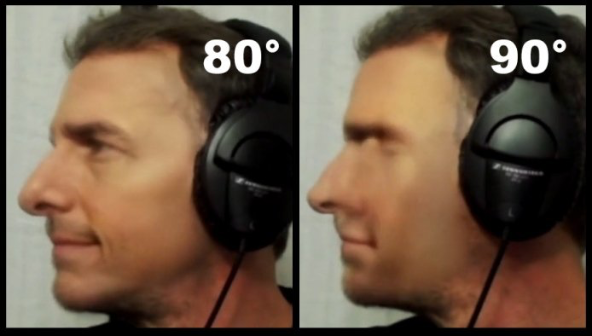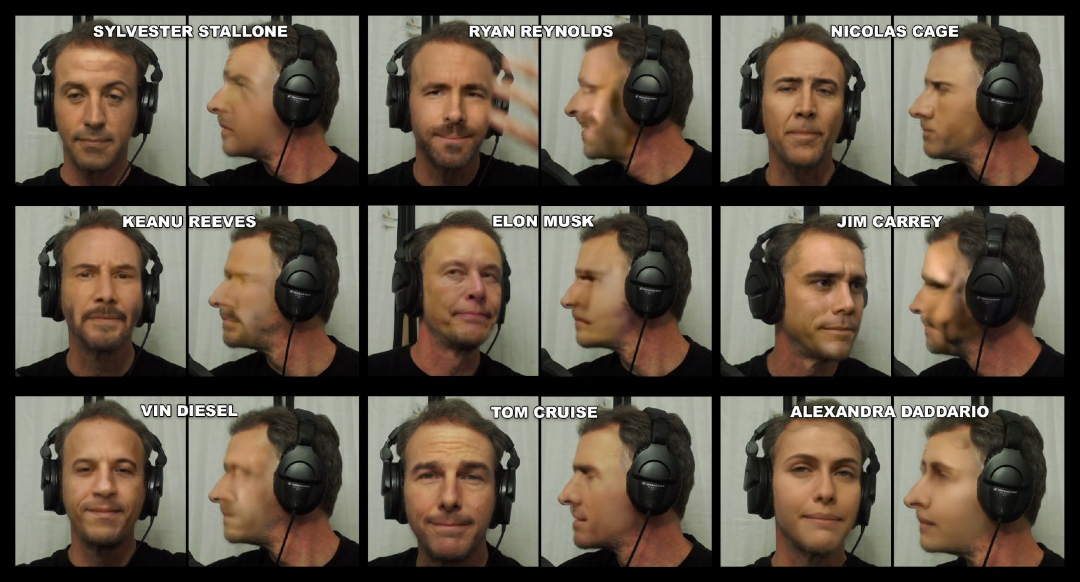You Can Spot Deepfakers By Getting Them To Look Sideways
By Mikelle Leow, 12 Aug 2022

You would think you’d be able to tell real people apart from synthetic faces, but research out there proves it’s way too easy to be fooled. In fact, one study shows that people have found AI-generated faces to be “more trustworthy.”
The Federal Bureau of Investigations has also warned of a prevalence of scammers who are deepfaking their faces and voices during job interviews. The ulterior motive of these parties isn’t to get hired but to infiltrate companies and obtain sensitive information.
There are still ways you can spot AI impersonators. Metaphysic.ai, the London firm responsible for those notorious Tom Cruise deepfakes, recommends asking the “person” on the other end to look to their side.
The startup has a full report explaining why this simple suggestion works so well, at least for now. Using deepfake app DeepFaceLive, it transformed a volunteer into various celebrities. While the results were convincing, when the subject turned his head a full 90 degrees, it messed up his digitally superimposed masks.
Image via Metaphysic.ai
It turns out AI doesn’t have a photogenic side. “Deepfakes are not usually very good at recreating profile views,” shares Metaphysic.ai.
When an impersonator turns their head completely sideways, it forces the artificial intelligence to make guesses and inpaint other details, usually badly.

It’s possible to generate photorealistic side profiles, but chances are the footage needs to go through a lot of post-processing. The more realistic videos of side profiles are of celebrities passing off as other celebrities, as their photos would have been studied extensively by AI. But deepfakes of the general public won’t be as convincing.
AI could learn from stock photos to mimic the everyday person, sure, but the fact of the matter is that photographers aren’t as likely to upload photos of models whose heads are turned a complete 90 degrees. The lack of eye contact makes such images less emotionally engaging and, therefore, less sellable.
Eventually, technology may catch on. Until then, this is one easy way to confirm if the face you’re talking to on a video call is an actual face.
The researchers add that you could also ask the other person to hold their palm over their face, which sometimes causes manipulated facial features to float above the hand.
And as recruiters who have been in interviews with deepfaked candidates have found out, the jig is usually up when the other person coughs or sneezes.
[via The Next Web and ZDNet, images via Metaphysic.ai]





